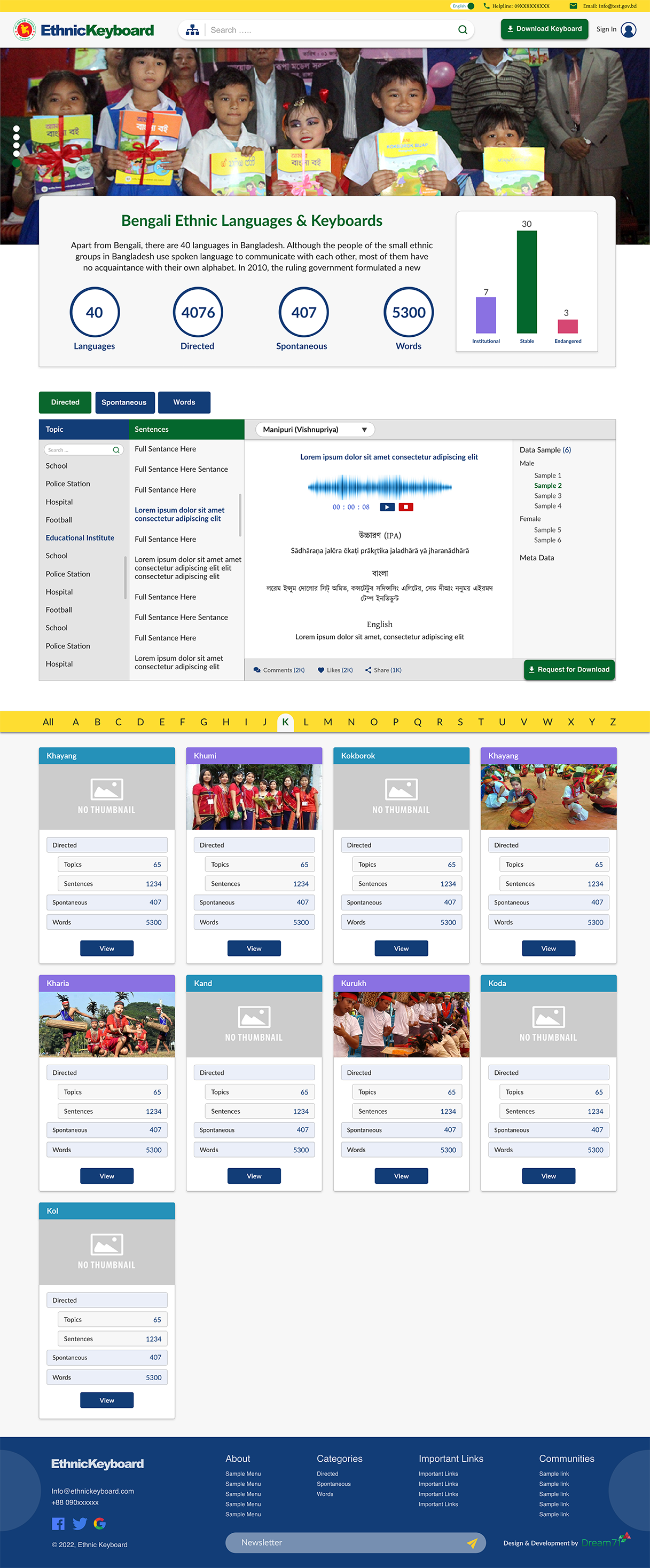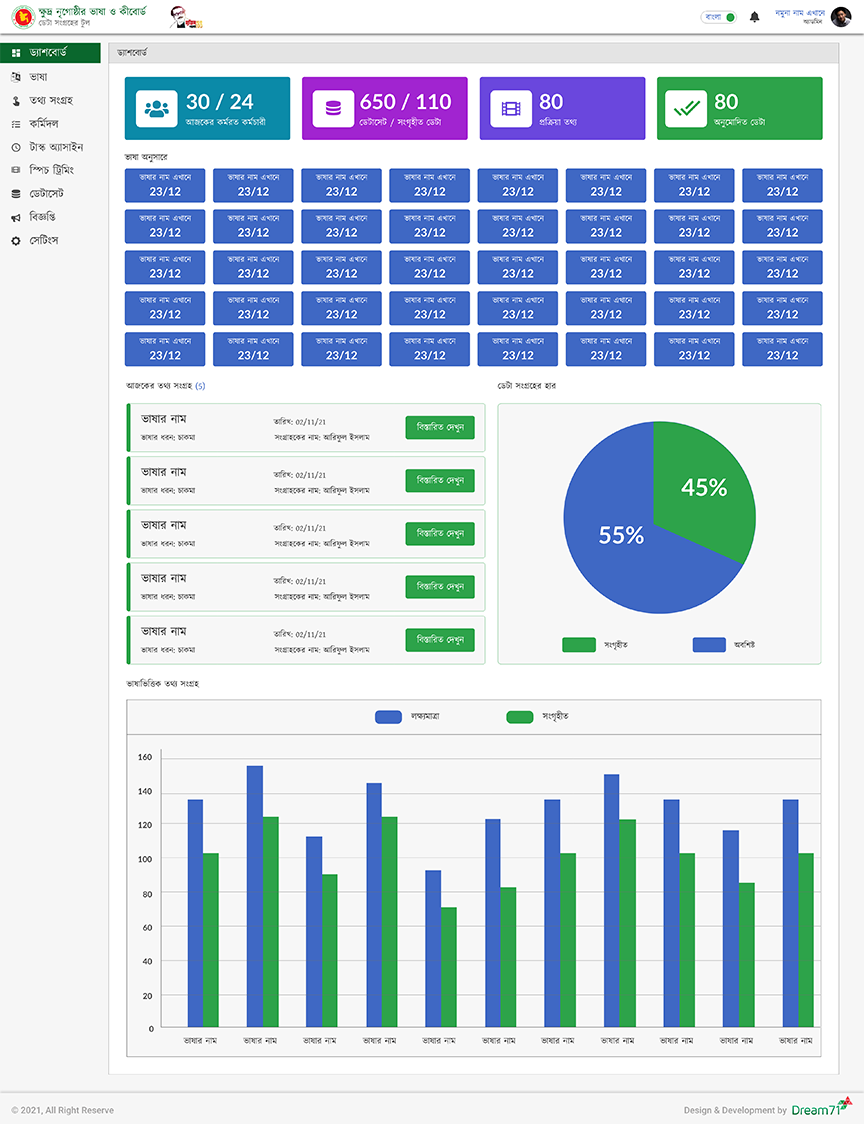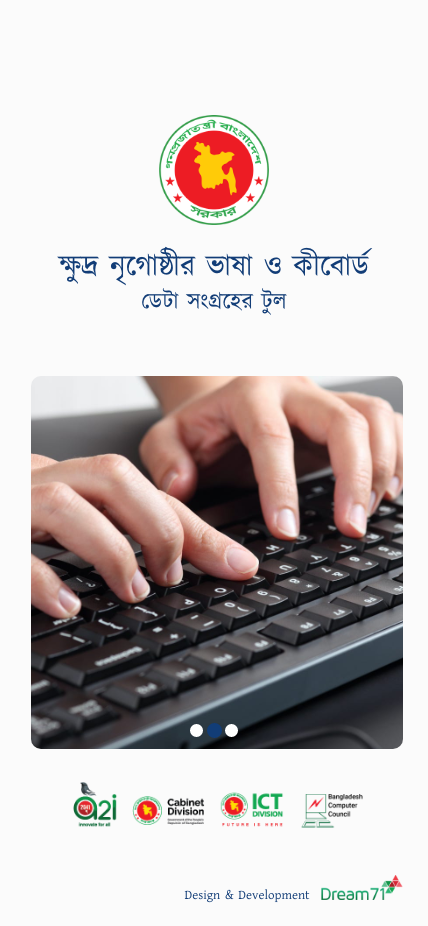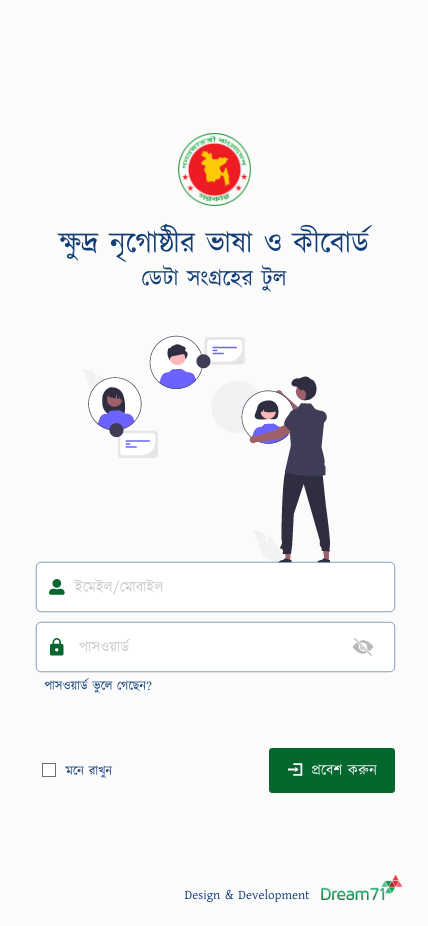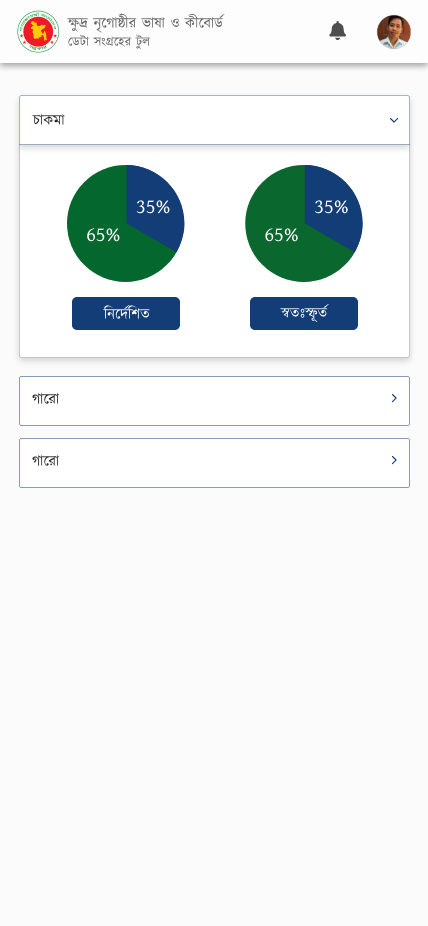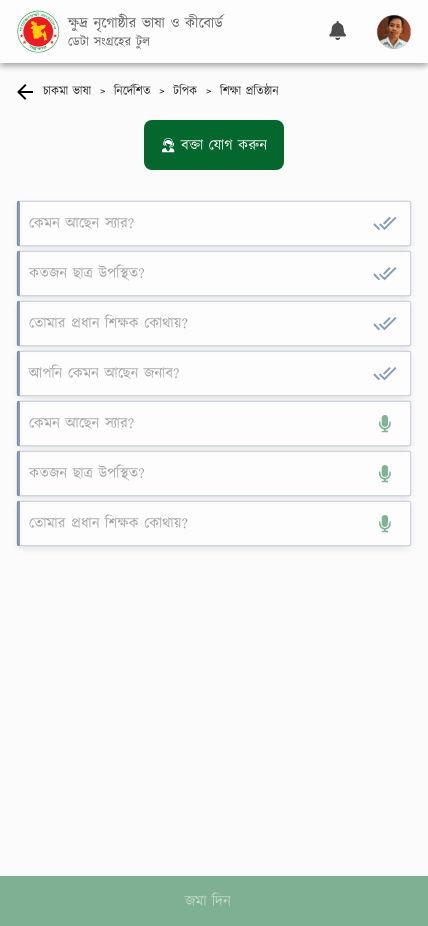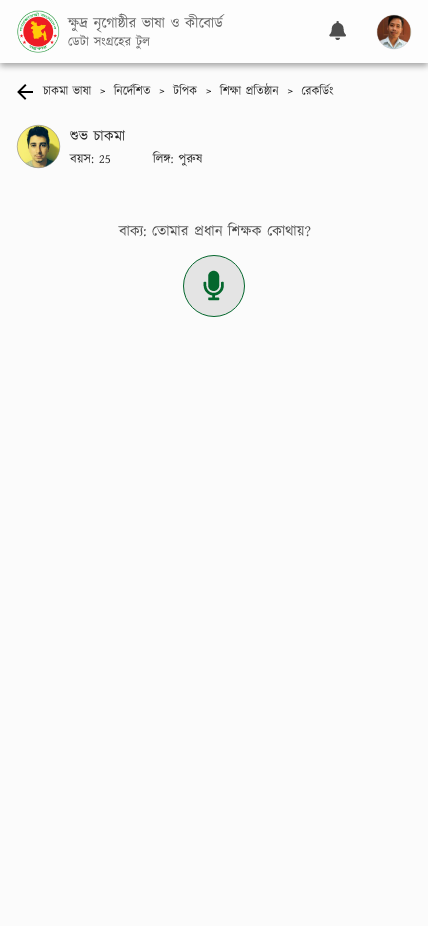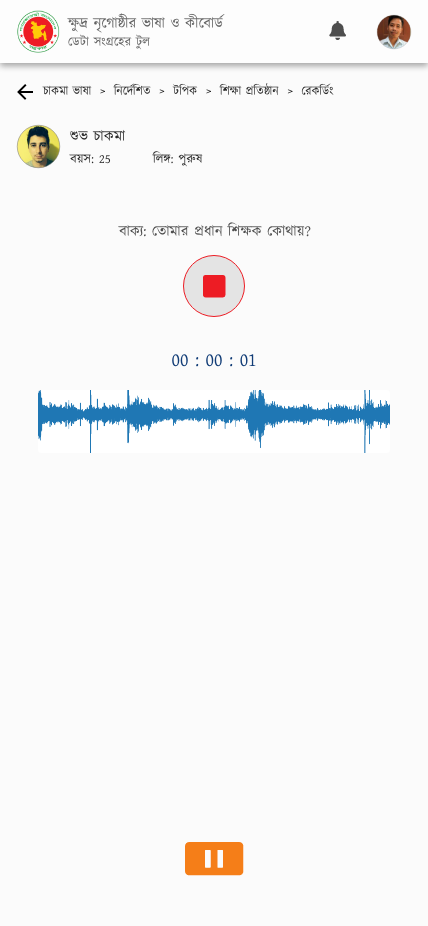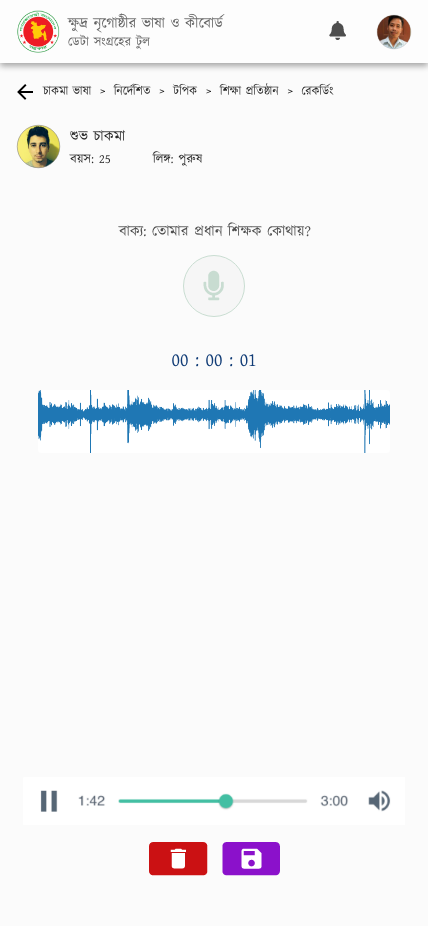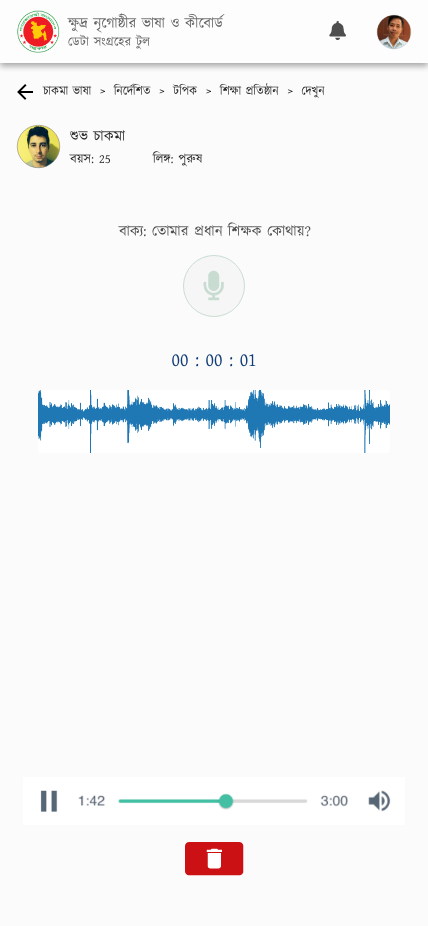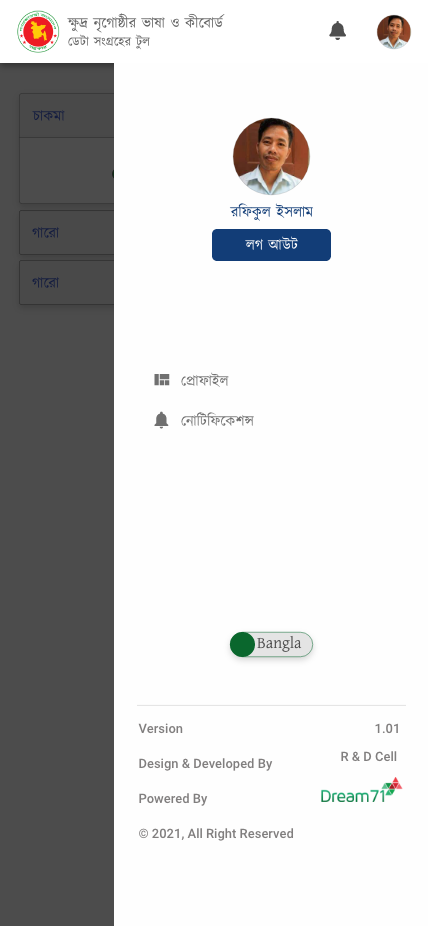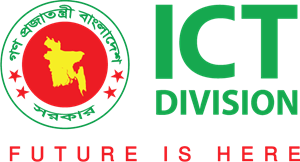

Data Collection Tool for Digitalization Bengali Ethnic Languages & Keyboard
This case study highlights my significant role as a UX Designer in the development of a data collection tool for Bengali ethnic languages and keyboards by the ICT Division. My responsibilities encompassed various tasks related to user research, interface design, usability testing, and ensuring an optimal user experience throughout the project.
Problem Statement
The ICT Division recognized the need for a data collection tool that could effectively gather audio and video data, annotate speech-to-text, and support research for the development of a comprehensive Bengali Ethnic Keyboard. However, several challenges were identified, necessitating a UX-focused approach to address the following issues:
a. Complex Language Challenges: Bengali ethnic languages encompass a diverse range of dialects, regional variations, and complex phonetics. Designing a data collection tool that could accurately capture and transcribe these nuances posed a significant challenge.
b. User Engagement and Adoption: Encouraging the data collection team to actively use the mobile and web application and adapt to the new technology proved to be a hurdle. Overcoming resistance to change and ensuring user engagement required a user-centered design approach.
My Role
-
User Research and Needs Assessment: As a UX Designer, I conducted thorough user research to understand the needs, pain points, and preferences of the data collection team. Through interviews and surveys, you identified the challenges they faced in collecting audio and video data for Bengali ethnic languages and developed a deeper understanding of their requirements.
-
Defining User Personas and Use Cases: Based on the insights gathered from user research, I created user personas and defined use cases that represented the different roles and scenarios within the data collection process. This helped guide your design decisions and ensure the tool catered to the specific needs and goals of the users.
-
Wireframing and Interface Design: I am responsible for creating wireframes and interface designs that addressed the complex language challenges while providing an intuitive and user-friendly experience. I designs focused on streamlining data collection workflows, accommodating dialects and regional variations, and emphasizing the Bengali language through appropriate visual elements and typography.
-
Iterative Prototyping and Usability Testing: To address the user engagement and adoption challenge, I created interactive prototypes of the data collection tool and conducted usability testing sessions with representative users from the data collection team. Through iterative feedback loops, you refined the design, identified usability issues, and validated that the tool met the users’ expectations and needs.
-
Collaborating with Development and Linguistic Teams: I collaborated closely with development teams and linguistic experts to ensure a seamless integration of the interface design with the underlying technology. Your role involved effectively communicating design requirements, addressing technical constraints, and coordinating cross-functional discussions to overcome the complex language challenges.
- Documentation and Design Guidelines: I documented design guidelines, style guides, and user interface specifications to maintain design consistency and facilitate future enhancements. These documents served as references for the development team and ensured a cohesive and culturally relevant user experience
- Conclusion: my role as a UX Designer on the “Data Collection Tool for Bengali Ethnic Languages & Keyboards by ICT Division” project played a critical role in addressing the identified problem statement. Through user research, interface design, usability testing, and collaboration with cross-functional teams, you contributed to the development of a user-centered data collection tool that effectively addressed the complex language challenges and enhanced user engagement and adoption my expertise in UX design, coupled with cultural relevance considerations, ultimately led to the success of the project.

